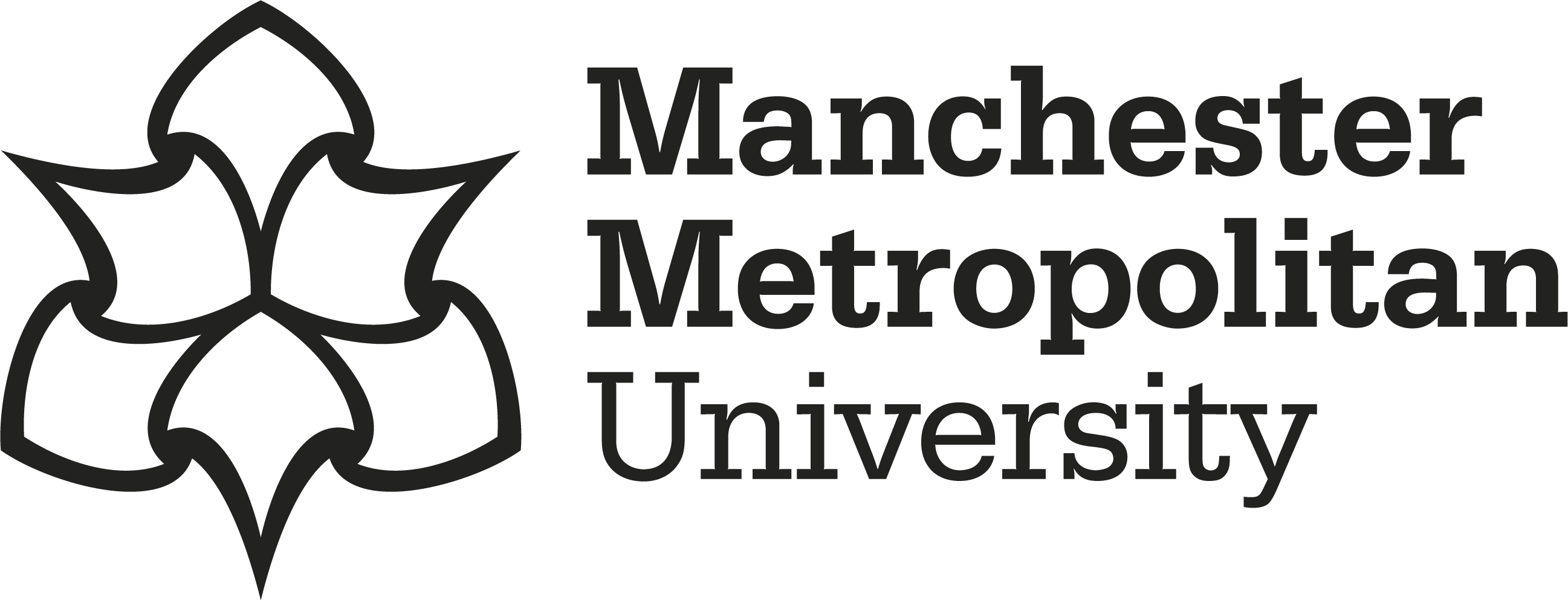Fatahian, R and Erfani, R 
|
Published Version
Available under License Creative Commons Attribution. Download (8MB) | Preview |
Abstract
The blending of poly(lactic acid) (PLA) with hydrophilic polymers such as poly(vinyl alcohol) (PVA) significantly enhances PLA's elasticity and water affinity, addressing its inherent fragility and hydrophobicity. These improvements render PLA/PVA blends highly suitable for advanced medical applications, including wound dressings. This study pioneers the systematic optimization of electrospinning parameters— applied voltage, flow rate, and needle-to-collector distance—to achieve uniform fibre morphology and desired structural characteristics in PLA/PVA nanofibers. Utilizing the Taguchi design of experiment (DOE) methodology, this research provides a comprehensive analysis of the effects of these parameters on the structure and diameter distribution of single-nozzle electrospun nanofibers. A novel aspect of this study is the exploration of a mutual solvent system for electrospinning these nanofibers, which has not been extensively investigated in existing literature. The findings reveal that flow rate is the most influential parameter, followed by applied voltage and needle-to-collector distance. Optimal electrospinning conditions—needle-to-collector distance of 18 cm, flow rate of 0.6 ml/h, and voltage of 18 kV—are identified, resulting in the smallest average fibre diameter and minimal variation. This work not only advances the field of nanofiber fabrication but also sets a new benchmark for the production of high-quality fibres with consistent properties. The insights gained from this study have far-reaching implications for biomedical applications, particularly in the development of effective wound dressing materials. Furthermore, the methodological innovations and theoretical contributions presented here have the potential to influence future research directions and policy decisions in the field of biomedical engineering, particularly in developing effective wound dressing materials, and offer potential insights for broader applications in tissue engineering and regenerative medicine.
Impact and Reach
Statistics
Additional statistics for this dataset are available via IRStats2.


